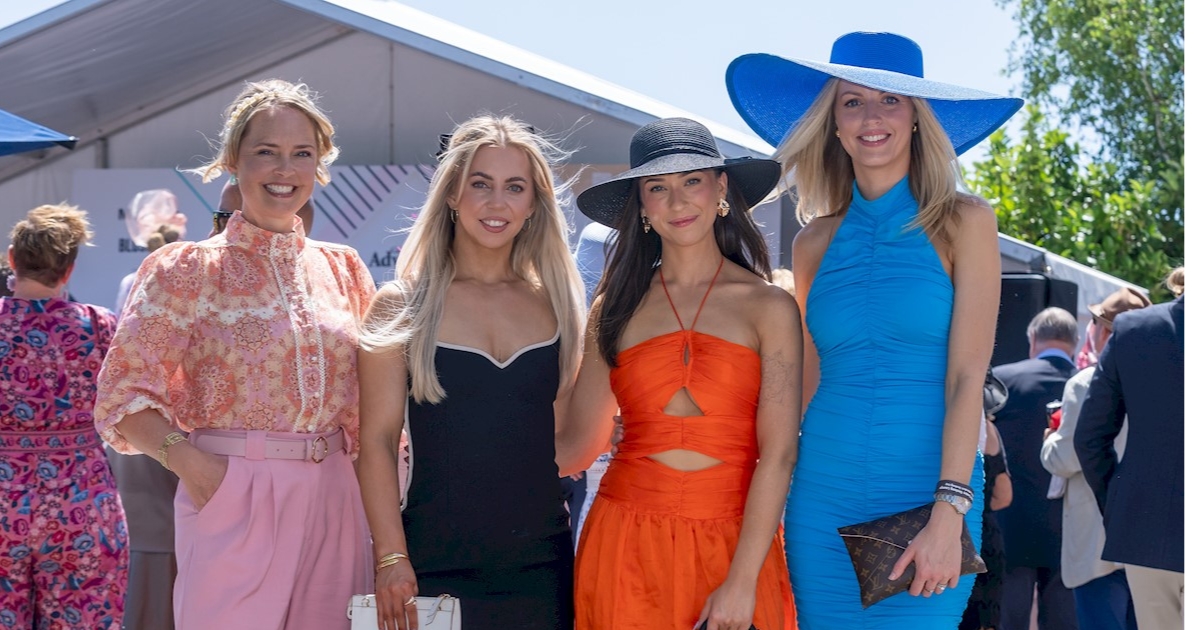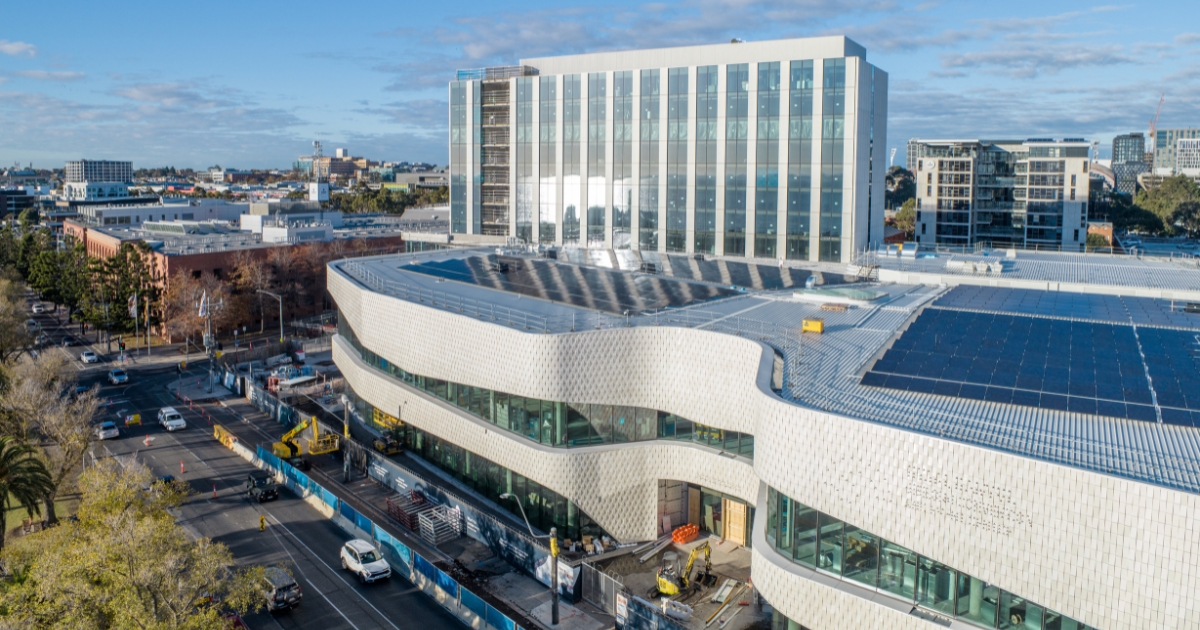History is everywhere you look

GEELONG is a city rich in history, and we have many significant and well-known cultural landmarks, as well as some hidden or unexpected ones that shape our region’s identity.
For tens of thousands of years, the local Indigenous Traditional Owners cared for Wadawurrung Country – an area of more than 100 million hectares encompassing much of what is now known as the City of Greater Geelong.
There are more than 5000 historically significant sites around the region, marking thousands of years of the Wadawurrung people’s continuous connection to the land.
Wadawurrung Traditional Owners Aboriginal Corporation offers a range of cultural education sessions, which include site visits to many significant areas with fascinating historical and cultural insights.
Participants can take part in sessions from one to six hours across four different locations: Central Djilang (Geelong), Ballawiyn (The Bellarine), Ballaarat (Ballarat) and The Surf Coast and Great Ocean Road.
For more information and to book a session, head to wadawurrung.org.au/services.
Geelong’s rich history is also represented by many of our buildings, monuments and other historically significant sites – many of which the City of Greater Geelong is responsible for managing.
Among these is the National Wool Museum, which was this year awarded Australia’s best regional museum in the 2024 Wotif Uniquely Aussie Awards.
The museum’s engaging exhibits showcase the role wool production played in shaping both Geelong’s and Australia’s economies.
The museum is open for the public to visit seven days a week between 10am and 5pm.
Another treasured landmark is the Geelong Botanic Gardens, established in 1851.
Over the past 173 years, this tranquil escape in the middle of the city has been transformed with beautiful gardens and a renowned tree collection listed on the Victorian Heritage Register.
The gardens are open every day of the year and are free to enjoy.
You can also join a guided walk to learn more about the gardens’ history and design.
And no celebration of central Geelong’s history would be complete without mentioning Eastern Beach Reserve.
Initially built in the 1930s, Eastern Beach Reserve has an enclosed sea bath, a boardwalk, floating islands and diving towers.
The area is also lined with the Baywalk Bollards, a collection of more than 100 painted icons, each representing a colourful character from the city’s past.
Nearby, The Carousel is a popular destination for families offering a nostalgic insight into days gone by.
One of only 200 in operation around the world, this beautifully restored Armitage-Herschell portable, steam-driven, hand-carved wooden carousel was constructed in 1892. Further afield, an unexpected part of Geelong’s heritage is the Corio Bowls Skatepark.
The skatepark is nationally and internationally recognised by skateboarders and was one of the earliest of its kind in Australia when it opened in 1980.
Geelong’s history is woven into every corner of our city, from ancient cultural landmarks to modern-day assets like the Corio Bowls Skatepark.
There are so many stories waiting to be discovered and much to celebrate in our region.
To learn more about these sites and others, head to geelongaustralia.com.au/venues.
Ali Wastie
Chief executive officer,
City of Greater Geelong

















